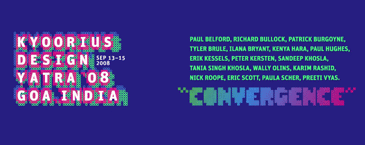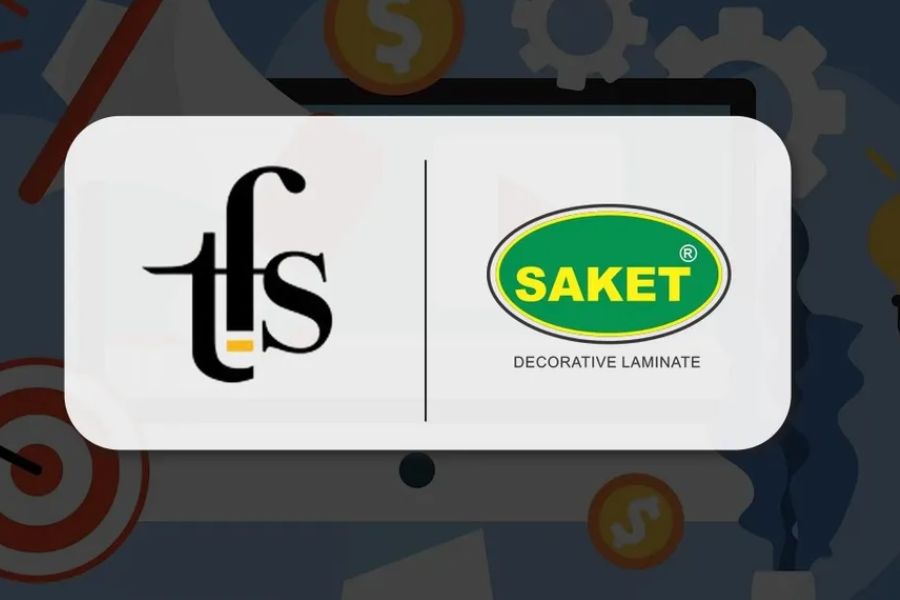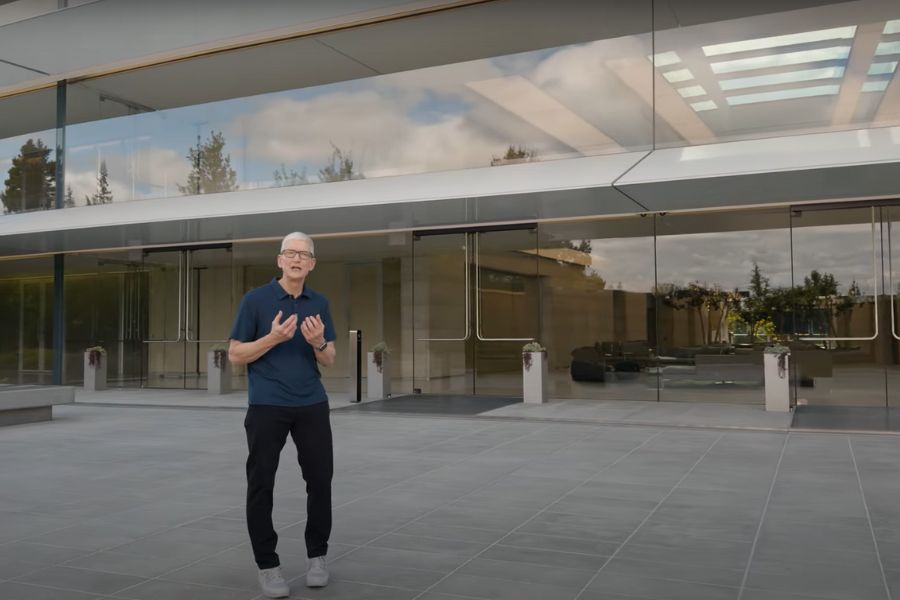Convergence was the theme at Kyoorius Designyatra 2008. It signalled the changing paradigms in the communications industry today. With design and branding agencies often crossing over into traditional agency domains and the latter getting involved in areas of corporate design and identity, the lines that defined the two are getting increasingly blurred. Campaign India spent time, speaking to experts on the challenges before the industry today.
 Nicolas Roope, Poke, London
Nicolas Roope, Poke, London
Founder of the London based digital agency Poke, Nicolas Roope, was at Kyoorius Designyatra 2008 to share his ideas on the role of the Internet in the design space. We caught up with him to get some interesting insights on digital advertising and his hobby- product designing.
What is the business insight that you got out of your visit to India?
In UK, the consumer is ahead of the industry and the industry is ahead of the clients. In India, it seems that the industry is definitely ahead of the consumers and the clients are trailing somewhere in the background. I am speaking from a digital perspective. Here the people are world class so there is nothing preventing the best work in the world from happening here. In India, people need to open up to new ideas and start placing more value in design and a broader sense of the work and follow it up with investment. People in the industry should bring design into their practices in a broader sense. In a nutshell, the business is really trailing behind, and the biggest job that needs to be done is (which magazines like Campaign India can do) is to really develop that picture for everyone.
What are your thoughts on convergence?
Coming from the digital world, convergence has been talked about for a very long time. One thing that struck me very clearly about the market here is that it lacks sophistication. This has two sides to it; one ,that it’s a disadvantage as it is too limiting but the other side is that there is an opportunity here. If you start now, you can start developing it much more aggressively and there is an opportunity to do it right. The Indian market contrasts the London and American markets to some extent. Actually, the problems are reverse in those markets, where it’s very developed but kind of outmoded and not efficient in many places. It’s a system built so that people don’t really have to question or think and it’s developed so that people go through a process. But now when things change, this system faces difficulties. There is an interesting see-saw contrast between our problems and the problems faced by designers in India.
What is your advice to India in terms of digital advertising?
I have been working for the digital medium right from the beginning. People consistently make mistakes when they are dealing with technology. Technology can be very seductive and can quickly draw you away from the issues that you really need to tackle. In digital, you need to be very direct, clear and single-minded most of the times to be able to communicate right. One piece of advice is to keep it really simple and always make sure it’s delivering and doing the job.
 Paul Belford, This Is Real Art, London
Paul Belford, This Is Real Art, London
Paul Belford is a partner at London based agency, This Is Real Art, the agency which attempts to blur the lines between advertising and design. He is a former creative director at AMV BBDO. At Kyoorius Designyatra, he spoke to Campaign India about his ideas on Convergence and the divide between design and advertising.
What is your advice for Indian designers in the context of the divide between advertising and design?
I don’t agree with this vast divide between advertising and design. I never really understood the division. It’s the same thing that we both do. You need specialised skills within each discipline. Increasingly, there is pressure compliance both in terms of the amount of synergy across the communication space and also the economies of scale. I think there is a trend towards the two coming together.
You spoke about the how even some of the most iconic work (like The Economist’s campaign ) can become outdated after a point of time? Should it be changed radically?
They shouldn’t change it radically. They should evolve it. By definition, everything becomes slightly outdated eventually. The trick is to update and evolve it with the times and not radically change it.
 Paula Scher, Pentagram, New York
Paula Scher, Pentagram, New York
Paula Scher is one of America’s most well known graphic designers, responsible for some of the most recognizable corporate identity designs, including the rebranding of Citigroup. Most days Scher admits, she finds it tough to define what she really does for a living, ranging from packaging design, to corporate identity design and graphic design among others. She was inducted into the Art Director’s Hall of Fame in 1998 and has designed the identity for some of New York’s most prominent cultural landmarks including The Public Theater and Jazz at Lincoln Centre. Campaign India caught up with her at Kyoorius Designyatra 2008.
What made you come all the way to India for Kyoorius Designyatra this year. What value did you see in doing so?
I came because it gave me the chance of coming to India, I’ve never been here before. I couldn’t think of a more exciting thing to do. From a design point of view? I don’t think like that because everything in my life is from a design point of view. I am a sponge and I absorb everything. Experiences shape my design ideas.
In this day of convergence, where agencies are increasingly doing more than just solving the communication needs of clients, how would you describe what you do?
I am a person who works with words. I am a typographer and I use words to convey all forms of messages and sometimes the messages are typical things that we understand like advertising and packaging. Sometimes I am creating my own messages. Sometimes I am shaping the way a city thinks about itself and makes itself accessible to people. I think what I try to do is be generous in spirit in communication so people can be engaged.
 Eric Kessels, Kesselskramer, Amsterdam
Eric Kessels, Kesselskramer, Amsterdam
Most people in advertising are familiar with Kesselskramer, the Netherlands based agency known for its provocative and controversial campaigns and is also famous for being housed in an old dilapidated church. Eric Kessels, one of the founding partners of Kesselskramer spoke to Campaign India on the sidelines of Kyoorius Designyatra 2008 about what defines the culture at his agency.
What’s the value that you see in coming all the way to India for Kyoorius Design Yatra? What’s in it for you?
I get to meet interesting people here. I was able to meet some design agencies from Mumbai, and some interesting things came out of these meetings. If I were to restrict myself to places like Amsterdam and London, it would be limiting.
How would you define the culture at your agency?
At Kesselskramer, we try to be as authentic as possible. Sometimes we could have taken on clients which would have been good for the agency to grow but not very good for our creative output. There was this time when we decided to not work with a client whose contribution to our revenue would have been close to 60%. We didn’t take it. Those kind of things are very important.
To read the entire story, read the latest issue of Campaign India dated September 26.




